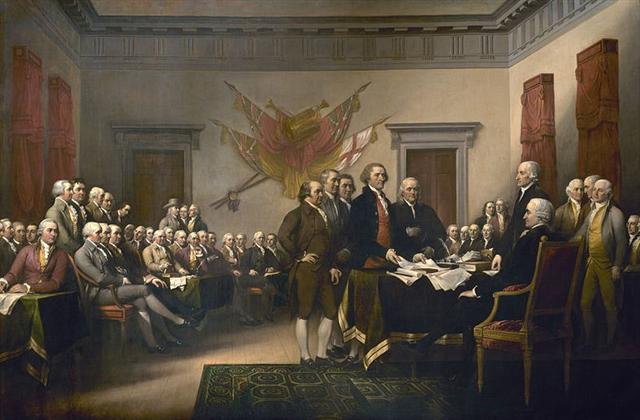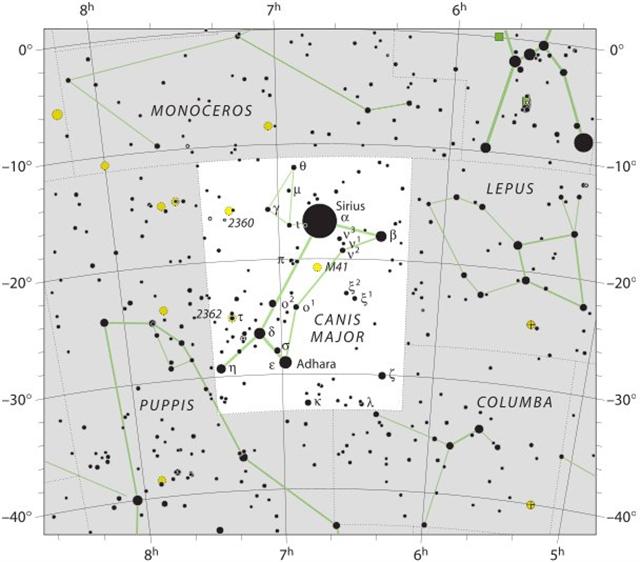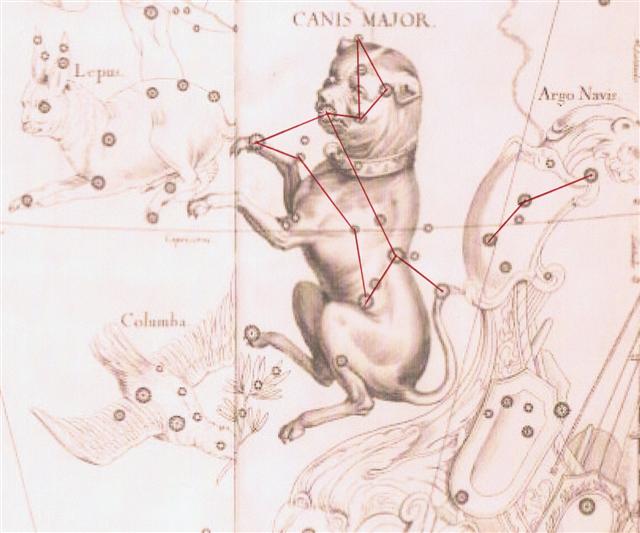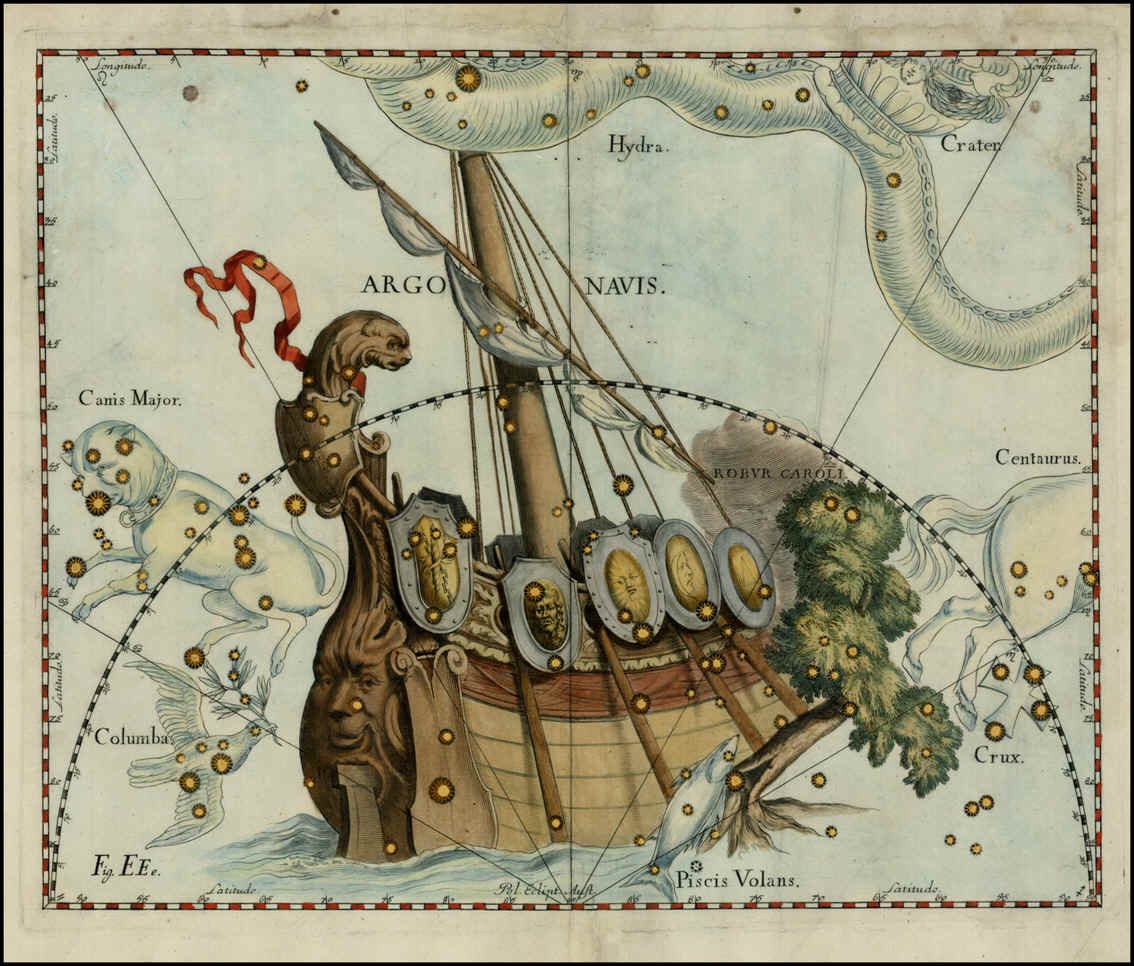12-6. The star at the Left Ear of the Great Dog (Muliphein, γ Canis Majoris) seems to have been important, which various parallel texts are indicating.
By adding 16 days (corresponding to the time when the Sun rays would make it impossible to observe the star late at night) we should go from July 4 (185) to July 20 (201, *121), which presumably accounts for the position of the parallel Rei glyph in the G text (where it evidently belongs in the era of the Golden Bull when they waited for the reappearance to visibility of the relevant stars):
We can therefore guess that not only Rei at Ga2-27 but also that at Eb3-20 were referring to Argo Navis, the ship with upraised stern.
The Rei type of glyph could have been a sign of going up (iri) rather than of going down - at least when viewed from a point south of the equator: Iri. 1. To go up; to go in a boat on the sea (the surface of which gives the impression of going up from the coast): he-eke te tagata ki ruga ki te vaka, he-iri ki te Hakakaiga, the men boarded the boat and went up to Hakakainga. 2. Ka-iri ki puku toiri ka toiri. Obscure expression of an ancient curse. Vanaga. Iri-are, a seaweed. Vanaga. ... It is an interesting fact, although one little commented upon, that myths involving a canoe journey, whether they originate from the Athapaskan and north-western Salish, the Iroquois and north-eastern Algonquin, or the Amazonian tribes, are very explicit about the respective places allocated to passengers. In the case of maritime, lake-dwelling or river-dwelling tribes, the fact can be explained, in the first instance, by the importance they attach to anything connected with navigation: 'Literally and symbolically,' notes Goldman ... referring to the Cubeo of the Uaupés basin, 'the river is a binding thread for the people. It is a source of emergence and the path along which the ancestors had travelled. It contains in its place names genealogical as well as mythological references, the latter at the petroglyphs in particular.' A little further on ... the same observer adds: 'The most important position in the canoe are those of stroke and steersman. A woman travelling with men always steers, because that is the lighter work. She may even nurse her child while steering ... On a long journey the prowsman or stroke is always the strongest man, while a woman, or the weakest or oldest man is at the helm ... Although Metoro never said Reiga when he was reading for Bishop Jaussen his Rei may have had a similar meaning: Reiga. Mg. Spirit leaping-place. At Mangaia the spirits of those who ignobly died 'on a pillow' wandered about disconsolately over the rocks near the margin of the sea until the day appointed by their leader comes (once a year). Many months might elapse ere the projected departures of the ghost took place. This weary interval was spent in dances and revisiting their former homes, where the living dwell affectionately remembered by the dead. At night fall they would wander amongst the trees and plantations nearest to these dwellings, sometimes venturing to peep inside. As a rule these ghosts were well disposed towards their own living relatives; but often became vindictive if a pet child was ill-treated by a stepmother or other relatives etc. Eventually the spirits would depart from known reinga, spirit leaping-places. Such leaping-places also existed on other islands. Even after this departure some spirit intrusions from the underworld were possible. Oral Traditions. Far away, the Mangaians of old (Austral Islands, Polynesia), who kept the precessional clock running instead of switching over to 'signs', claim that only at the evening of the solstitial days can spirits enter heaven, the inhabitants of the northern parts of the island at one solstice, the dwellers in the south at the other. Hamlet's Mill.
|
||||||||||||||||||||||||||||||||||||||||||||||||||||||||||||||||||||||||||||||||||||||||||||||||||||||||||








.jpg)
